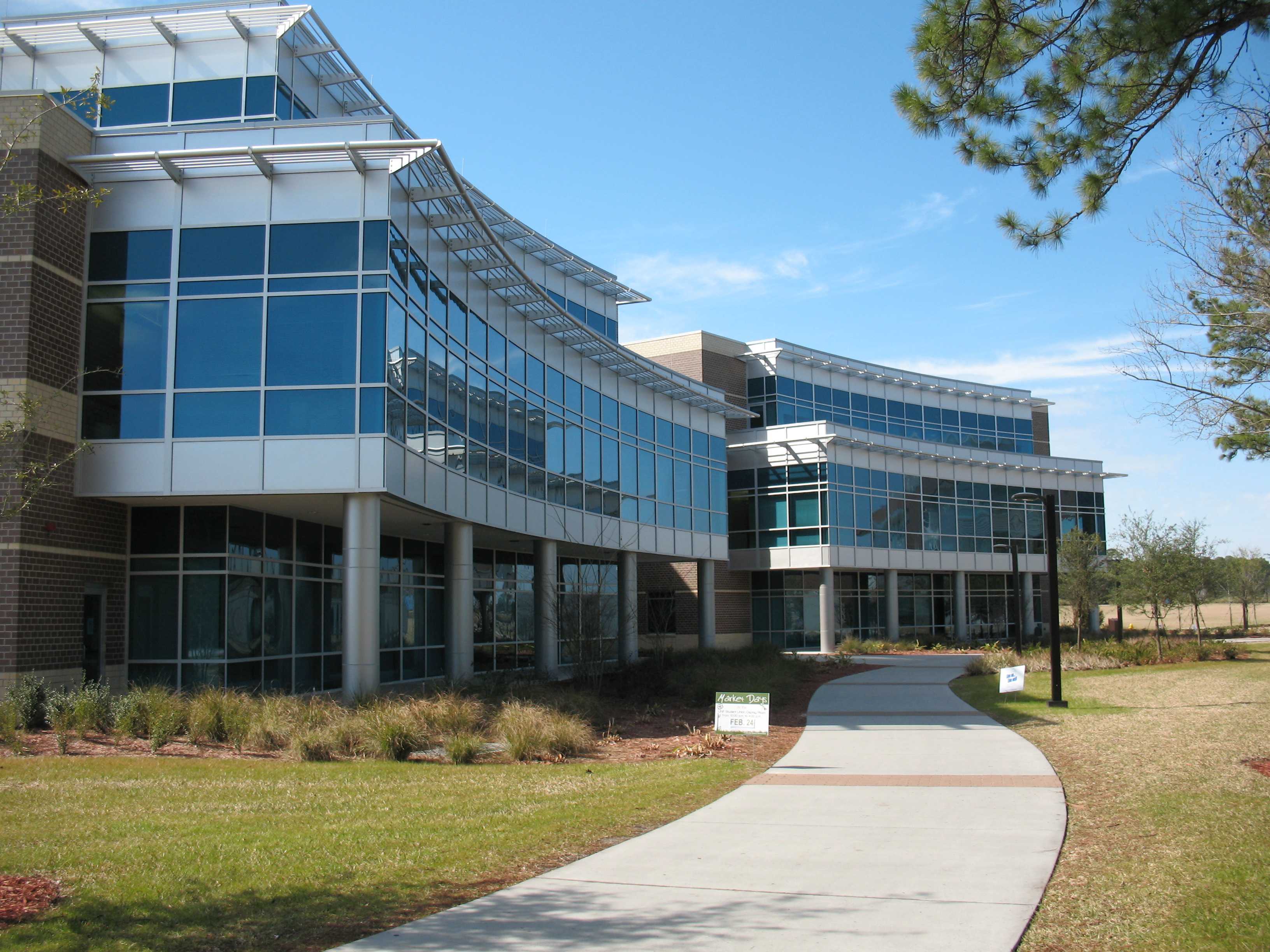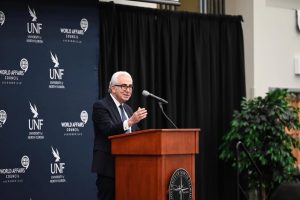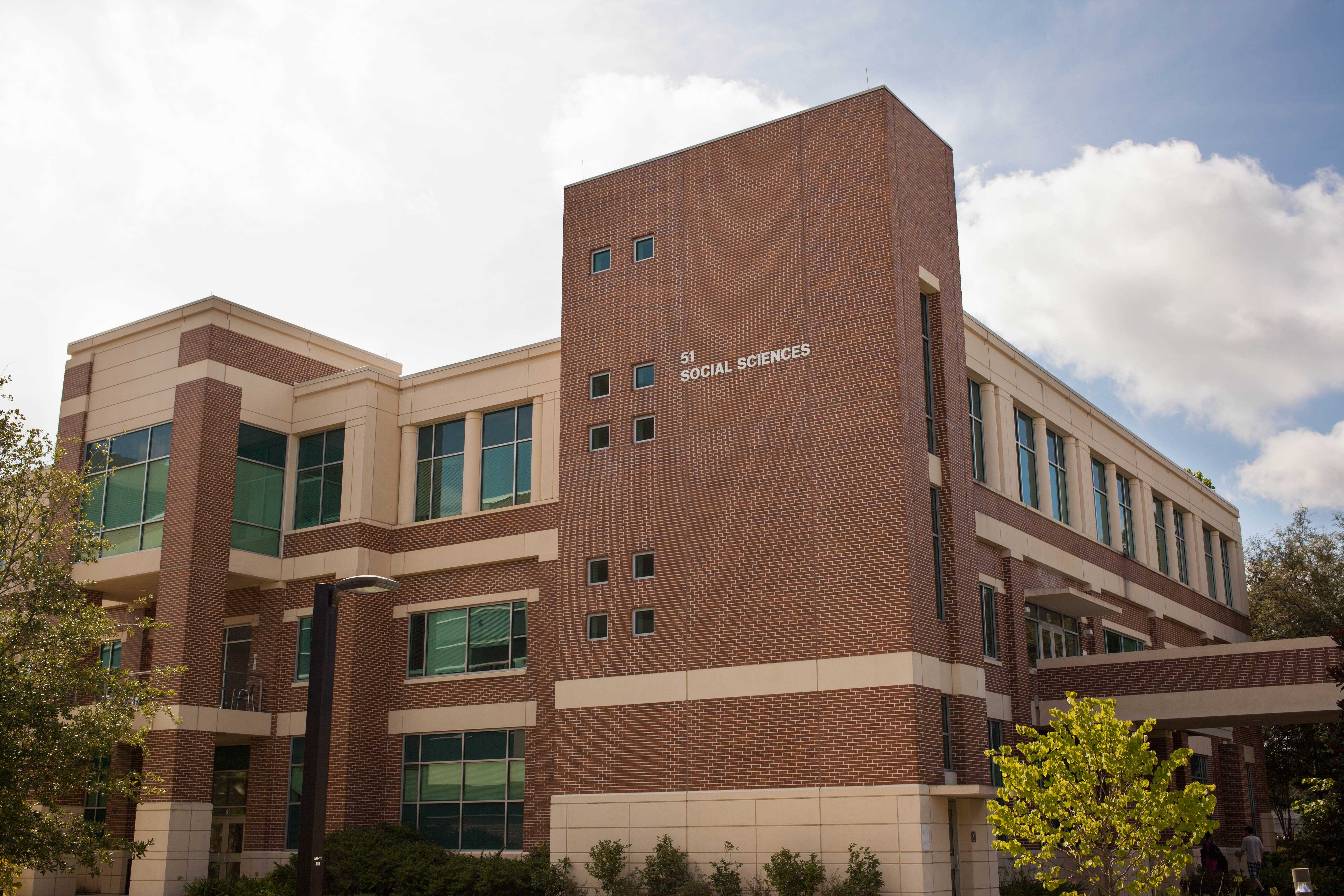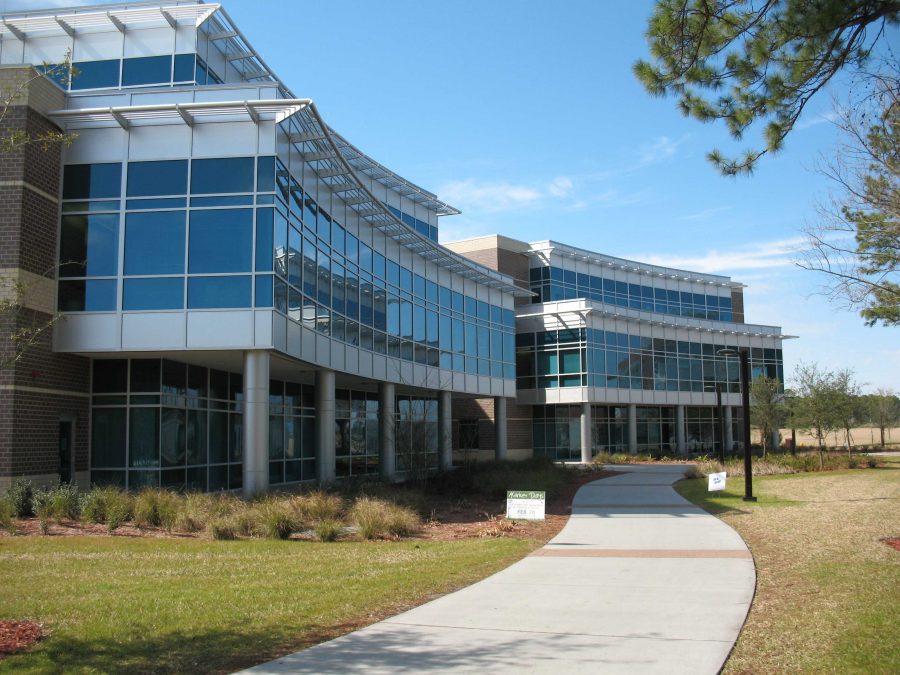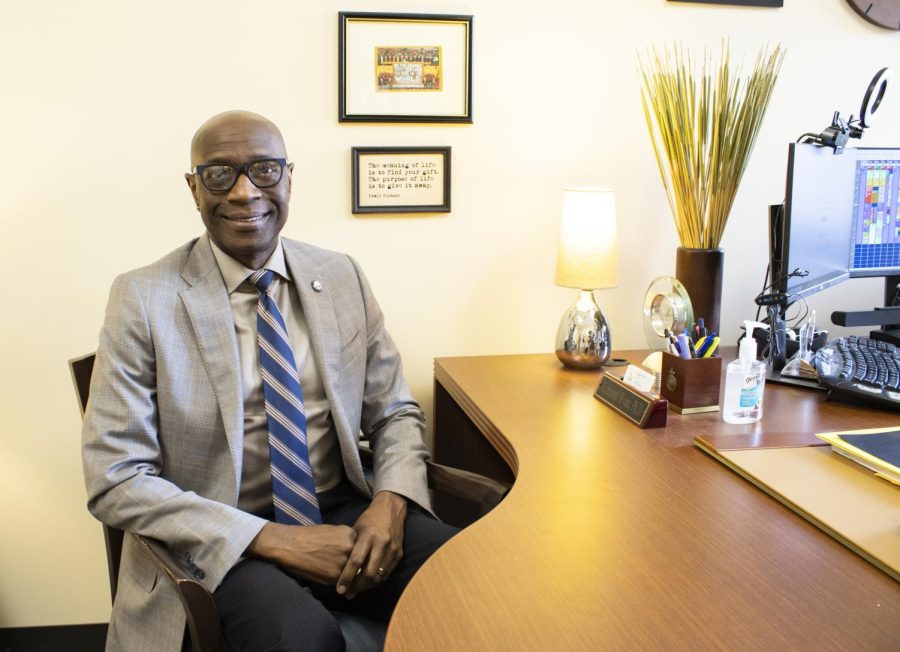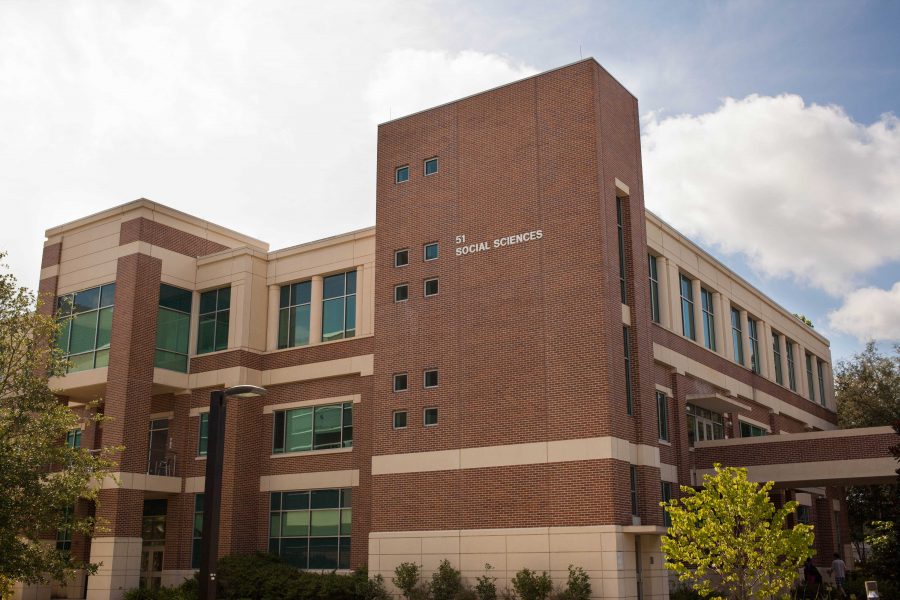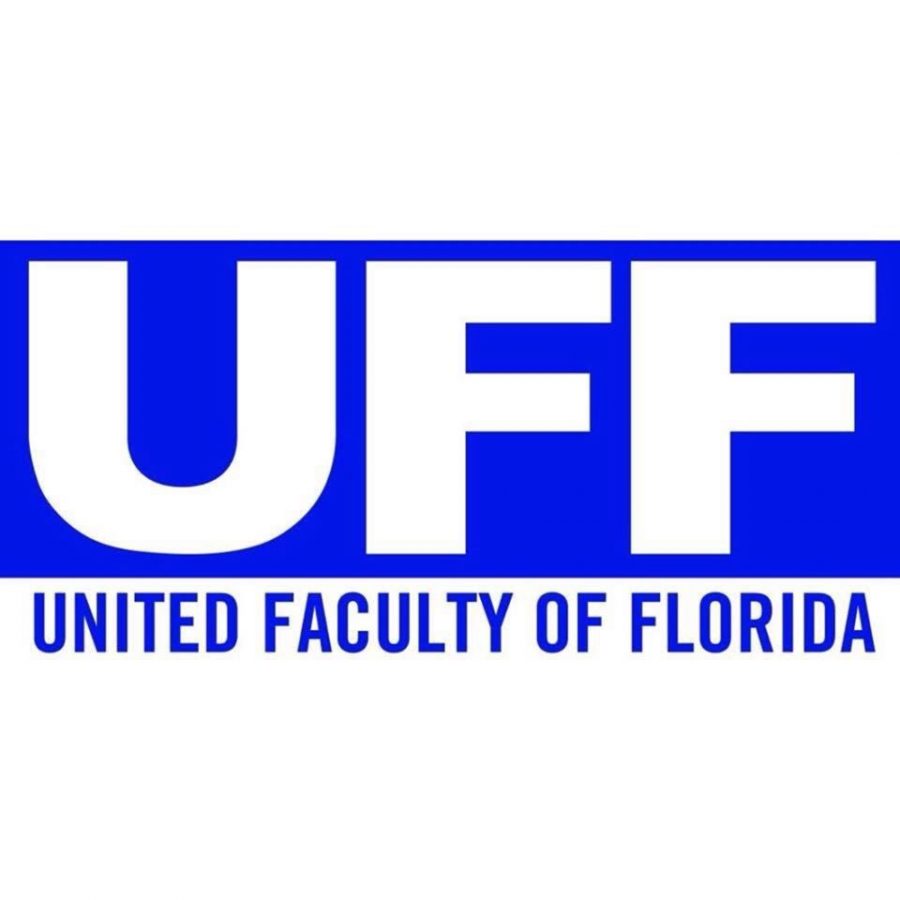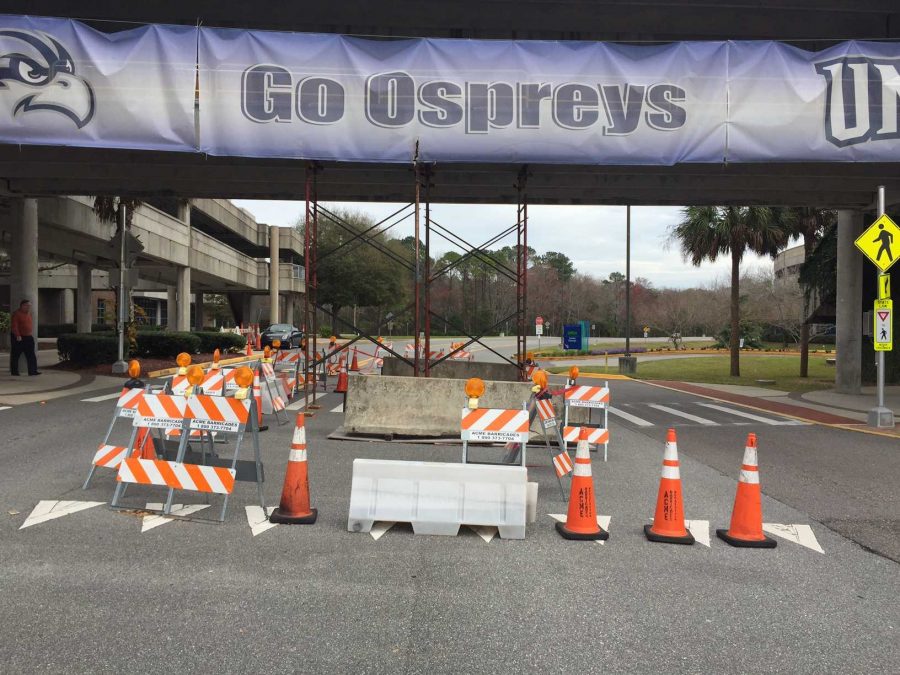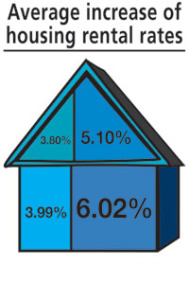 The Board of Trustees submitted an action to the state in September unanimously passing an increase in all 2009-2010 housing rates by an average of 6.02 percent.
The Board of Trustees submitted an action to the state in September unanimously passing an increase in all 2009-2010 housing rates by an average of 6.02 percent.
The cost of living on campus has increased every year since 1990, but the last time it increased this drastically was in 1999 when it was raised 8.26 percent, according to the Board of Trustees agenda.
The decision stemmed from budget cuts, rising utility rates, reduced enrollment and the construction costs of Osprey Fountains and was decided through an annual public approval process, said Lynn Hendricks, director of Residence Life.
“We’ve done [the process] for years just because we think it’s important to be transparent about what were doing,” said Paul Riel, the director of Housing Operations.
Throughout July, Housing Operations analyzed data and expenses, and the proposed housing rate went through several UNF departments, including Student Government, for collaboration.
Housing Operations factored in the opinions of all departments involved and decided on a final number a couple percentage points and few hundred dollars cheaper than originally proposed, Student Body President John Barnes said.
“They came to the table willing to find a compromise,” Barnes said. “It was a really good end result for us and for the students.”
Housing Operations brought data to the table that compared rates of different facilities near UNF with the rates they were proposing to make sure the prices remained reasonable for students and supported their own expenses, Barnes said.
“They’re still a business and they still have … bills to pay for,” he said. “We were just trying to make sure that above all else, the students were being taken care of.”
SG’s main concerns included potential incoming freshmen and returning students.
For some freshmen, the higher housing rates may shift their focus to another school and for some returning students, housing may no longer be the option it once was because of the increases, Barnes said.
“That fact is if you go too high, with all these other housing options, students are going to go other places,” Barnes said. “We wish it would’ve been a little bit lower, but with inflation, with the economy, with everything else that’s going on, and we understand the increases that have to come,” he said.
Housing is considered an auxiliary, meaning it doesn’t get any dollars from the state or from the university system. The money generated is solely from rent, which is put directly back into buildings and projects, Riel said.
Hendricks and Riel agree that operational fees – such as cable, electricity, sewage, trash removal, recycling, Internet, and the staffing of desk assistants, maintenance and cleaning workers – require the most monetary attention. It is the increase of these rates that inadvertently contribute to the increase of the housing rates each year, they said.
“If you said, ‘Well, we would really like to pay less money to live in Osprey Hall,’ then the Hall could look at maybe [not giving] you cable television,” Hendricks said. “Because that’s what you would have to do [to avoid raising rent.]”
Even if they’re unavoidable, these new rates still cause financial concerns for some students, especially those who had planned to move into the upcoming Osprey Fountains, which happens to have the most expensive rate on the list.
“I don’t think I would pay that much to live [in the Fountains] on campus,” said freshman communication major Beata Bordas, a resident of Osprey Hall. “If I was going to pay that much, I think I would rather live in an apartment.”
Regardless of which dorm students choose to live in, the extra money obtained from the 6.02 percent increase helps to pay off the $100 million debt caused from the construction of Osprey Fountains, Riel said.
The other dormitories are just as important because the extra money from the increase will also go to their renovations, Riel said. In summer 2008 alone, Osprey Hall received a new paint job and new carpeting, and a volleyball court was added to The Village, which also got a new paint job and wood repair work done.
“We save up and build reserves [from the rent to] build into our operating budget, so when the time comes to fix and replace those things, we have that funding source to do it,” Riel said.
The only way to remain a thriving department with the best services available is to charge as much money as it takes to continue offering those services, Riel said.
“A business has to survive in order to be successful,” he said.
The Florida Board of Governors will reach a final decision about the rates the morning of Oct. 2, Barnes said.
“I believe they will be passed,” he said.
E-mail Rebecca McKinnon at [email protected].


